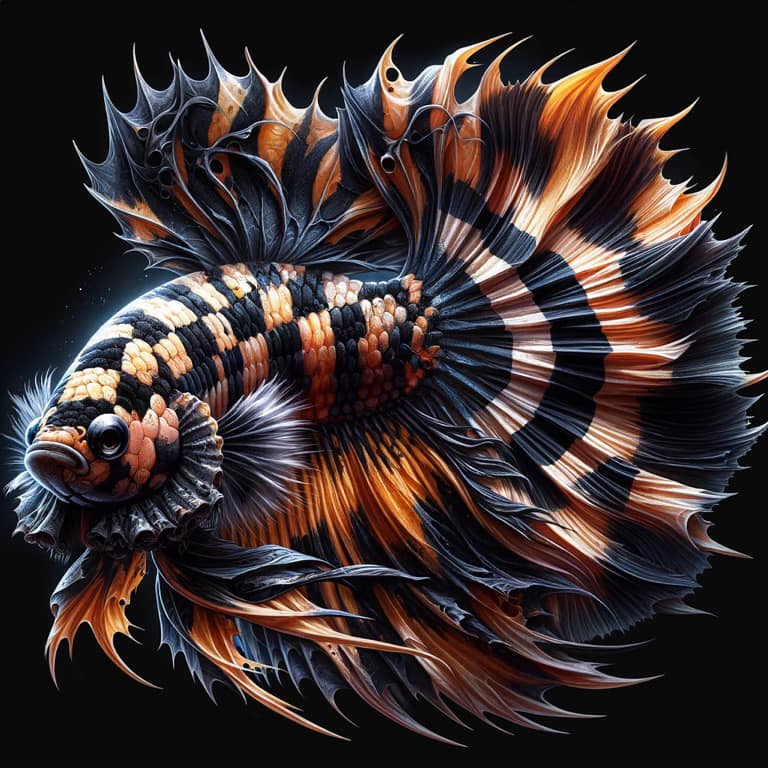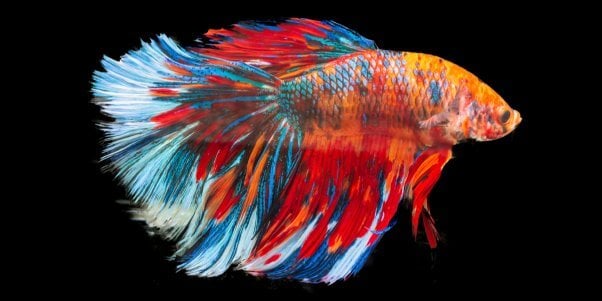The Ultimate Betta Fish Care Guide for New Pet Owners
The Ultimate Betta Fish Care Guide for New Pet Owners
Blog Article
How to Breed Betta Fish Successfully: Specialist Methods and Insights for Hobbyists Looking to Increase Their Betta Collection
Reproducing Betta fish requires a nuanced understanding of genes and environmental problems, making it necessary for enthusiasts to approach the procedure with both diligence and treatment. Producing an optimal reproduction environment, picking the best sets, and observing the intricacies of their courtship habits are fundamental actions that can considerably influence the end result. Furthermore, the succeeding treatment of the fry is crucial for ensuring their healthy and balanced growth. As we explore these crucial components, it ends up being clear that effective breeding is not practically the preliminary pairing yet incorporates a wider approach that advantages mindful consideration.
Recognizing Betta Fish Genes
Understanding the genetics of Betta fish is vital for successful reproduction, as it affects qualities such as shade, fin shape, and behavior. Betta fish exhibit a diverse array of shades and patterns, greatly established by their hereditary make-up.
In addition to coloration, fin morphology is an additional substantial element of Betta genetics (betta fish). The shape and size of fins are affected by different genes, including those that establish whether the fins are short, long, or veil-shaped. Understanding these hereditary variations helps dog breeders anticipate the phenotypic results of their offspring
In addition, behavior characteristics such as aggressiveness and territoriality can additionally be affected by genetics. These behaviors play a crucial function in the breeding procedure, as they can impact generating success and the total character of the resulting fry. By adequately understanding these hereditary principles, dog breeders can make educated decisions, inevitably improving their breeding programs and attaining desirable outcomes.
Preparing the Breeding Setting
Creating an ideal reproduction environment is crucial for the effective reproduction of Betta fish. The very first action in preparing this environment is to choose a proper reproduction tank, ideally varying from 5 to 10 gallons.
Following, consider using a sponge filter or an air rock to give gentle water flow without producing solid currents that can stress the fish. It is vital to mount plants or reproducing cones to offer hiding spots and promote convenience for the woman throughout the spawning procedure. Drifting plants, such as Java moss or water sprite, can likewise develop an extra all-natural environment while assisting in bubble nest structure by the man.
Prior to presenting the reproducing sets, make certain the water is conditioned and without hazardous chemicals, such as chlorine or heavy steels. betta fish. Normal water adjustments need to be performed to keep optimum water top quality, boosting the opportunities of effective reproduction. With these prep work in location, the breeding environment will support the health and health of both Betta fish
Picking Reproduction Pairs
Picking the best reproduction pairs is important for achieving effective Betta fish reproduction. Healthy Betta fish show dynamic colors, clear eyes, and energetic behavior.
Personality is one more important factor to consider, as Betta fish are understood for their aggressive nature. It is a good idea to select a man and female that show compatible personalities to lessen tension throughout the reproducing process. A tranquil male can motivate a smoother courtship, while a female that is as well aggressive may disrupt the process.
Hereditary background additionally plays a significant duty in the high quality of the offspring. Breeding fish that are genetically varied can decrease the threat of hereditary health and wellness issues and improve the total vigor of the fry. It is helpful to research the family tree of both the man and female, focusing on preferable traits such as fin type, color scheme, and dimension.
The Breeding Process
The reproduction procedure of Betta fish requires cautious preparation and attention to detail to make sure a successful result. Originally, it is vital to prepare an appropriate reproduction container, ideally a 5-10 gallon aquarium with a temperature preserved at 78-80 ° F. The container should check these guys out be geared up with a heating unit, filter (ideally sponge kind to stay clear of solid currents), and a lot of aquatic plants for the female to hide.
As soon as the environment is set, introduce the chosen breeding pair to the storage tank, enabling them to adapt. Observe their actions; the man will certainly present elaborate courtship rituals, consisting of flaring his fins and constructing a bubble nest. If the female shows interest, she will present upright red stripes showing preparedness for spawning.
When the female is receptive, the set will certainly engage in a mating welcome, during which the male fertilizes the eggs. Keeping optimum water problems throughout this period is necessary for the growth of healthy Betta fry.
Caring for Betta Fry

Feeding Betta fry is vital, as they call for a diet high in protein. Initially, they can be fed infusoria or fluid fry food, transitioning to carefully smashed premium pellets as they expand. Feed tiny portions multiple times a day to motivate healthy and balanced development without straining the container with leftover food.

As they develop, check their growth closely and divide any hostile individuals to avoid damage. By providing a supporting atmosphere and correct nutrition, enthusiasts can effectively elevate Betta fry into dynamic, healthy and balanced fish, eventually boosting their breeding undertakings.
Conclusion
Effective Betta fish breeding needs meticulous find interest to hereditary choice, ecological conditions, and take care of the fry. By recognizing the genetics of Betta fish and preparing an ideal breeding setting, enthusiasts can enhance the possibilities of creating vivid, healthy offspring. look at here now Choosing suitable reproduction pairs and carefully monitoring the courtship and spawning procedures are essential. Giving optimal care for the fry ensures their healthy and balanced growth, adding to a thriving Betta collection.
Report this page